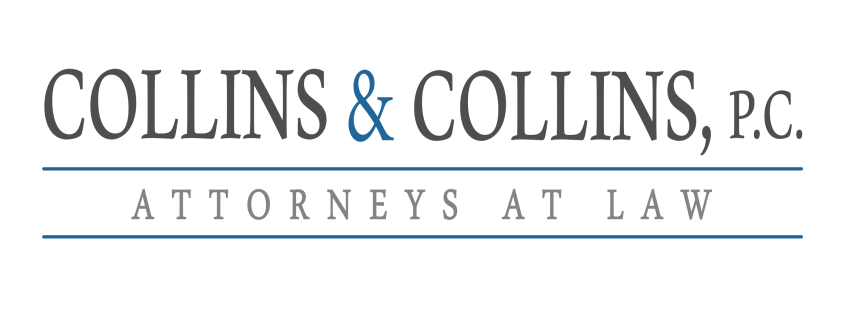Personal Injury Contingency Fee Arrangments Essential to Justice System
The contingency fee arrangement plays a pivotal role in allowing personal injury plaintiffs access to the courthouse. In fact, without contingency fees, injured persons would for the most part have absolutely no recourse for their injuries and damages.
Of course this is what defendants would like to see. This explains the unrelenting attacks on trial lawyers by insurance companies, the Tort Reform movement, the U.S. Chamber of Commerce, and a long list of so-called small business advocacy groups.
The arguments have been so persistent and so loud for so long that many have taken their truth for granted. In fact, the arguments for tort reform and personal injury liability caps are based largely on myth.
These myths were hatched and nurtured by these groups who represent corporate America and the insurance industry. The goal is maximize corporate and insurance industry profits with little regard for the safety of the public. In short, the goal is to keep injured persons out of court.
Among the greatest myths, and one that is particularly popular even among the public, is that the greed of trial lawyers is draining small business. Because the myths and misrepresentations are so numerous and profound, it is really hard to rank them in order of deception. However, this myth ranks at or near the top.
The focus of the “greed” argument has been on the contingency fee arrangement. Remarkably, the very conservative Fourth Circuit Court of Appeals shot down this argument in the 2010 case of Pellegrin v. National Union Fire Insurance. The case involved a $18 million auto accident settlement on behalf of Mark Pellegrin who suffered severe and permanent brain injuries, and quadriplegia. His injuries were so great that he can communicate only through facial expressions. He will be totally dependent for life upon the care of others for even basic necessities such as bathing and feeding.
Liability was hard fought by the insurance companies. According to the two plaintiff‘s attorneys, permanent, each had spent over 1000 hours of time on the case. There was a standard one-third contingency fee arrangement. Over the strong objections of the plaintiff‘s father and guardian, the district court reduced the fee to a mere 3%.
The plaintiff‘s were forced to appeal to the 4th Circuit Court of Appeals. The 4th Circuit is notoriously conservative and the plaintiffs were rightfully extremely concerned. In addition, Public Justice became involved fearing that the 4th Circuit would use the case as a platform for a full frontal assault to the contingency fee arrangement.
To the surprise of all on the plaintiff‘s side, the 4th Circuit reversed the district court‘s ruling. The Court repeatedly recognized not only the importance but the absolute necessity of the contingency fee arrangement to allow injured individuals their day in court. The Court noted that this case in particular illustrates the reality that an injured individual would have absolutely no recourse for his or her injuries in a case like this. Clearly, there are very few if any other than corporate plaintiffs that would have the resources to pay for thousands of hours of attorney time not to mention the enormous litigation costs associated with suits of this nature.
Of course, this is well known to the Tort Reform movement. In their perfect world, the courts would be a playground for only the rich and powerful. And perhaps most importantly for all those skeptics out there, the millions of dollars of lifetime medical care for Mr. Pellegrin and others like him would be left to the taxpayer.
